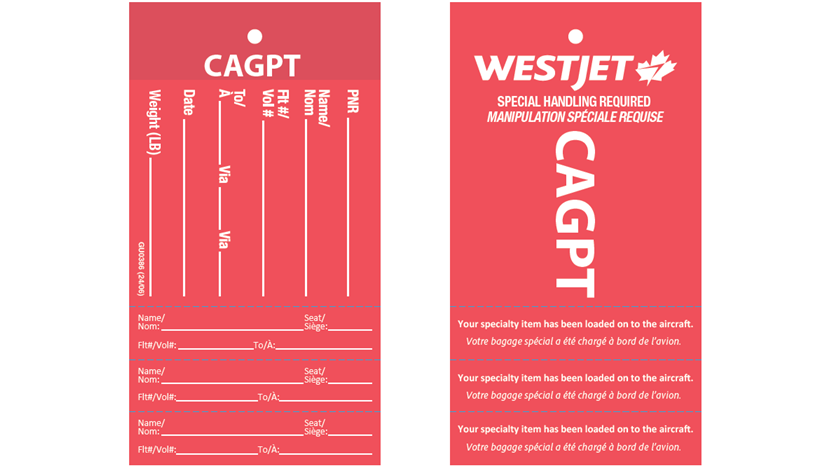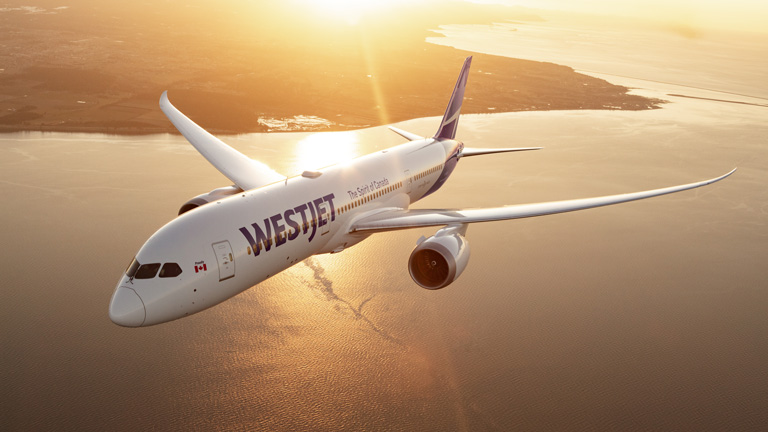The WestJet Group released its first annual accessibility plan progress report, one year following the launch of its inaugural accessibility plan. To further reduce barriers and enhance travel accessibility for persons with disabilities, the report outlines three new service enhancements for guests travelling with wheelchairs or similar mobility aids.
“Across the WestJet Group, we remain wholly committed to delivering the services all our guests require, while proactively addressing accessibility issues across the travel journey,” said Angela Avery, WestJet Group, Executive Vice-President and Chief People, Corporate and Sustainability Officer. “Every year, we serve more than a quarter million guests who request accessibility support as part of their travel and our teams on the frontline and behind the scenes strive to meet their diverse needs. We have made significant investments over the past year to remove barriers to travel and these enhancements will better serve our guests with disabilities and our people supporting them throughout their journey.”
Updates to wheelchair size & weight policy and handling protocols
Following a comprehensive review of its fleet and associated equipment, such as baggage lifts, WestJet has expanded the size and weight limitations for mobility devices. By adjusting these limitations, the airline will now accept a broader range of mobility aids, increasing the accessibility of travelling with WestJet for more guests. Additionally, the airline has adopted a standard industry practice, which ensures powered mobility devices are exclusively handled in a fully upright position, helping safeguard the devices throughout the travel journey. More details on these updates are available on our wheelchairs, scooters and mobility aids page.
Confirmation of loading of checked mobility devices
To further enhance the handling and tracking of mobility devices, WestJet has implemented an updated tagging procedure that ensures mobility devices are loaded onto the aircraft with their owners.
Under this new protocol, once a mobility device is securely placed in the aircraft’s cargo hold, the flight crew will receive notification and provide the owner with a physical tag as positive confirmation that their device is onboard and travelling with them.

Example of a confirmation tag for a checked and successfully loaded mobility device
New identification codes enabled for mobility devices
WestJet carries a multitude of wheelchair types, including manual devices and highly sophisticated, powered chairs. To ensure WestJet employees supporting guests travelling with wheelchairs are equipped with the information they need, WestJet has launched three new device-specific, Special Service Request (SSR) codes:
WCMP: Manual non-powered wheelchair
WCBD: Wheelchair containing a non-spillable, nickel-metal hydride or dry battery
WCBW: Wheelchair containing a wet cell battery
The newly implemented identification codes will equip WestJet employees with comprehensive information surrounding mobility devices to effectively participate in detailed discussions with guests, ensuring both parties understand what to expect and how to prepare their unique mobility devices for travel.
“Across our operation, we remain dedicated to working diligently, hand in hand with our partners and guests to build on progress made and further remove uncertainty across the travel journey to provide enhanced peace of mind to our guests living with disabilities.” concluded Avery.

